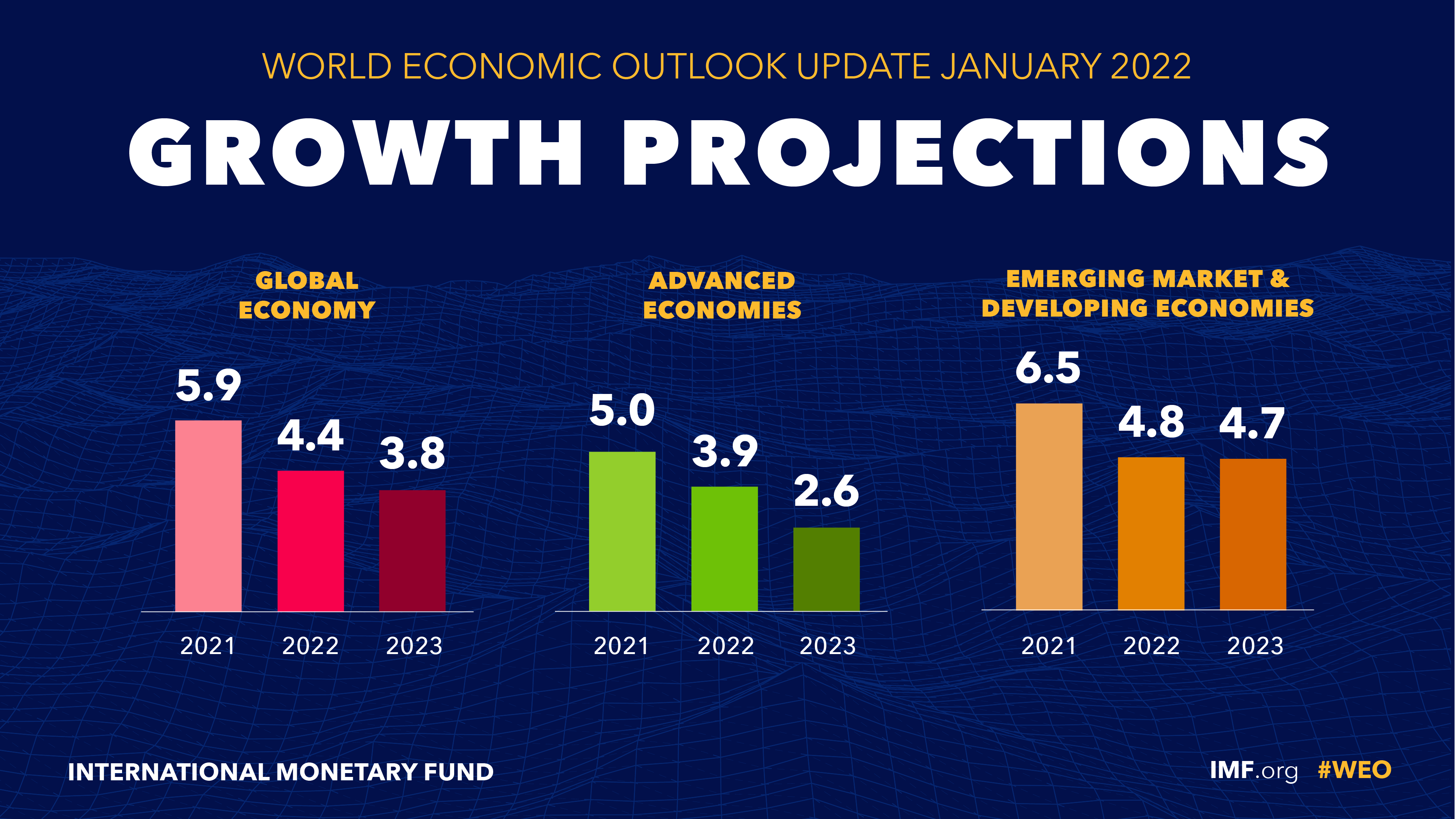BMW And Porsche In China: Market Challenges And Future Outlook

Table of Contents
Intense Competition and Market Saturation
The Chinese luxury car market is no longer the exclusive domain of established international brands. The rise of domestic competitors and intense price wars are reshaping the competitive landscape.
The Rise of Domestic Brands
The rapid ascent of Chinese luxury brands like Hongqi, BYD's premium line (Denza and Yangwang), and Nio presents a serious threat to BMW and Porsche. These domestic players are leveraging several key advantages:
- Increased affordability and technological advancements: Chinese brands are increasingly offering competitive pricing and technologically advanced features, often exceeding expectations at their price points. This includes advanced driver-assistance systems (ADAS) and impressive electric vehicle (EV) technology.
- Strong nationalistic appeal and tailored features: Many Chinese consumers exhibit a preference for domestically produced goods, and brands like Hongqi effectively tap into this national pride. Furthermore, they are adept at tailoring features and design elements to suit the specific preferences of the Chinese market.
- Government support and subsidies bolstering domestic brands: Government policies actively promote the growth of domestic automotive brands through subsidies, tax breaks, and infrastructure development, giving them a competitive edge.
Price Wars and Pressure on Margins
The influx of new competitors, both domestic and international, has ignited intense price wars, putting significant pressure on profit margins for BMW and Porsche.
- Aggressive pricing strategies: Rivals are employing aggressive pricing strategies to gain market share, forcing BMW and Porsche to respond in kind, potentially impacting profitability.
- The need for innovation and differentiation: To maintain premium pricing, BMW and Porsche must focus on innovation and differentiation, highlighting unique selling propositions beyond price. This includes emphasizing superior build quality, brand heritage, and exclusive features.
- Balancing profitability with market share: The challenge lies in balancing the need to maintain profitability with the necessity to retain market share in a highly competitive and price-sensitive market.
Navigating Regulatory Hurdles and Shifting Consumer Preferences
Beyond competition, BMW and Porsche face significant regulatory hurdles and adapting to the evolving preferences of Chinese consumers.
Stringent Emission Standards and Electrification
China's ambitious emission reduction targets and push for electric vehicles (EVs) require substantial investment and adaptation from all automakers.
- The need for substantial R&D investment: Significant investment in research and development is needed to develop and produce competitive EVs that meet stringent emission standards and cater to consumer demands.
- Adapting to the rapidly evolving charging infrastructure: The rapid expansion of China's charging infrastructure presents both opportunities and challenges. BMW and Porsche need to strategically align their charging solutions with the evolving infrastructure.
- Meeting increasingly stringent emission regulations: Staying compliant with increasingly stringent emission regulations requires continuous technological advancements and investment in cleaner technologies.
Evolving Consumer Tastes and Digitalization
Chinese consumers are tech-savvy and demand advanced features and a seamless digital experience.
- The importance of strong digital marketing strategies: Reaching Chinese consumers requires a strong digital marketing presence, leveraging social media platforms and online sales channels effectively.
- Integrating advanced connectivity features and autonomous driving technologies: Integrating advanced connectivity features, infotainment systems, and autonomous driving technologies is crucial to appeal to the tech-savvy Chinese consumer.
- Meeting the demand for personalized and customized vehicles: Offering customization options and personalized experiences is vital to cater to the individual preferences of Chinese luxury car buyers.
Opportunities for Growth and Market Penetration
Despite the challenges, significant opportunities remain for BMW and Porsche in China.
Untapped Market Potential in Tier 2 and 3 Cities
Expanding beyond major metropolitan areas like Beijing and Shanghai presents considerable growth potential.
- Targeting younger, affluent consumers: These secondary cities hold a growing population of younger, affluent consumers who represent a lucrative untapped market.
- Developing customized marketing campaigns: Targeted marketing campaigns tailored to regional variations in consumer preferences are crucial for success.
- Adapting distribution networks: Expanding and adapting distribution networks to reach these less-accessible regions is vital for market penetration.
Leveraging Brand Loyalty and Heritage
BMW and Porsche benefit from strong brand recognition and a rich heritage of quality engineering.
- Capitalizing on established brand equity: Leveraging their established brand equity and reputation for quality and performance is crucial.
- Highlighting the history and heritage: Highlighting their history and heritage helps reinforce their brand image and appeal to consumers who value tradition and craftsmanship.
- Building customer loyalty: Excellent after-sales service and brand experiences are crucial to foster long-term customer loyalty.
Conclusion
The Chinese market presents both significant challenges and promising opportunities for BMW and Porsche. Successfully navigating intense competition, regulatory hurdles, and evolving consumer preferences will require strategic adaptations and substantial investments. By focusing on electrification, digitalization, and expanding into new markets, while leveraging their existing brand strength, these automotive giants can secure a strong future in the dynamic Chinese automotive landscape. Further research into the specific strategies employed by BMW and Porsche in China will reveal crucial insights into navigating the intricacies of this vital market. Understanding the BMW and Porsche in China market is crucial for anyone interested in the future of the luxury automotive industry.

Featured Posts
-
 The Bold And The Beautiful April 16 Recap Hopes Concerns And Bridgets Revelation
Apr 24, 2025
The Bold And The Beautiful April 16 Recap Hopes Concerns And Bridgets Revelation
Apr 24, 2025 -
 Ice Blocks Columbia Student Mahmoud Khalil From Attending Sons Birth
Apr 24, 2025
Ice Blocks Columbia Student Mahmoud Khalil From Attending Sons Birth
Apr 24, 2025 -
 Nba All Star Weekend Green Moody And Hield Among The Participants
Apr 24, 2025
Nba All Star Weekend Green Moody And Hield Among The Participants
Apr 24, 2025 -
 Judge Rules Against Section 230 Protection For Banned Chemicals On E Bay
Apr 24, 2025
Judge Rules Against Section 230 Protection For Banned Chemicals On E Bay
Apr 24, 2025 -
 Early Detection Matters Learning From Tina Knowles Breast Cancer Journey
Apr 24, 2025
Early Detection Matters Learning From Tina Knowles Breast Cancer Journey
Apr 24, 2025
